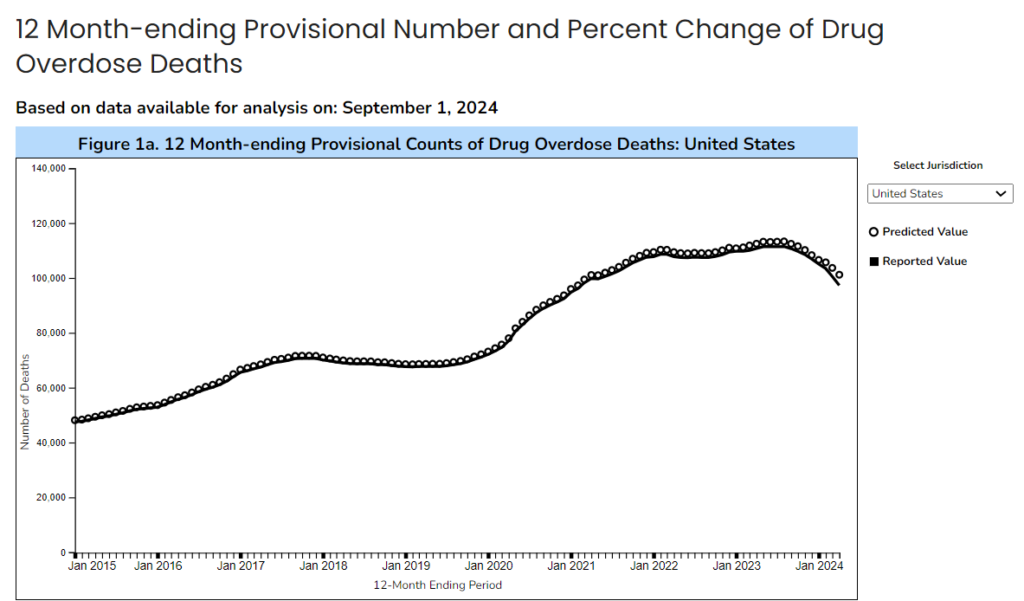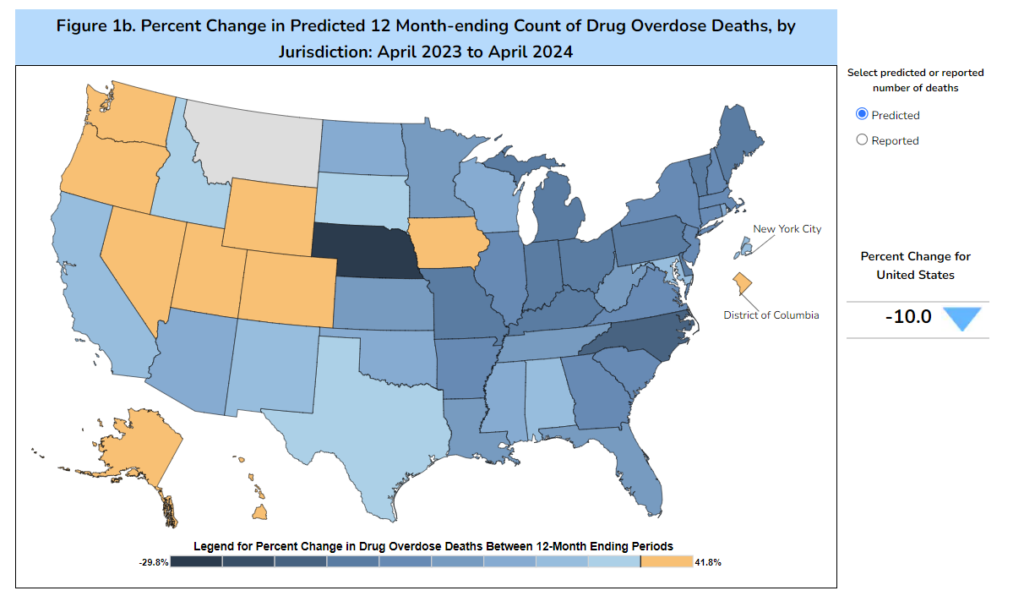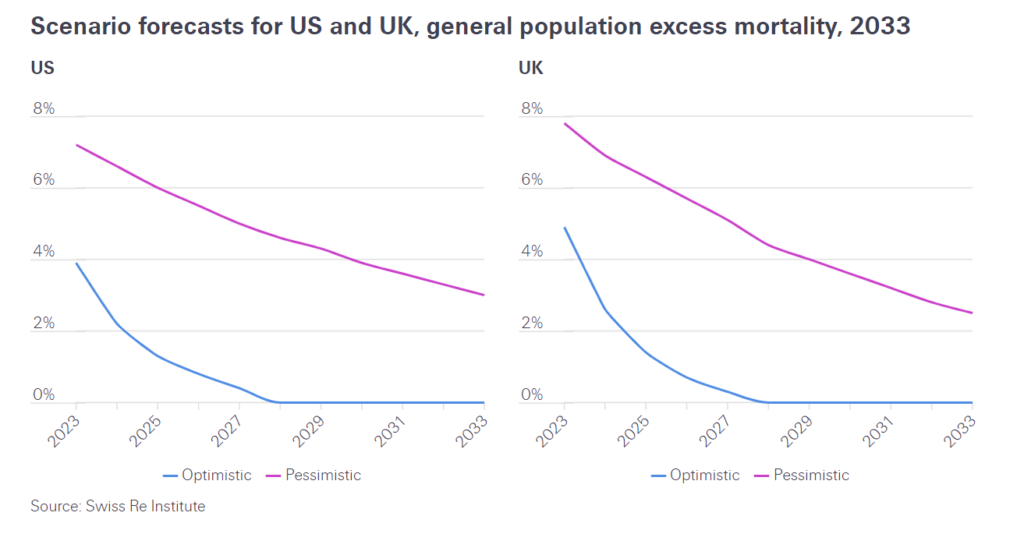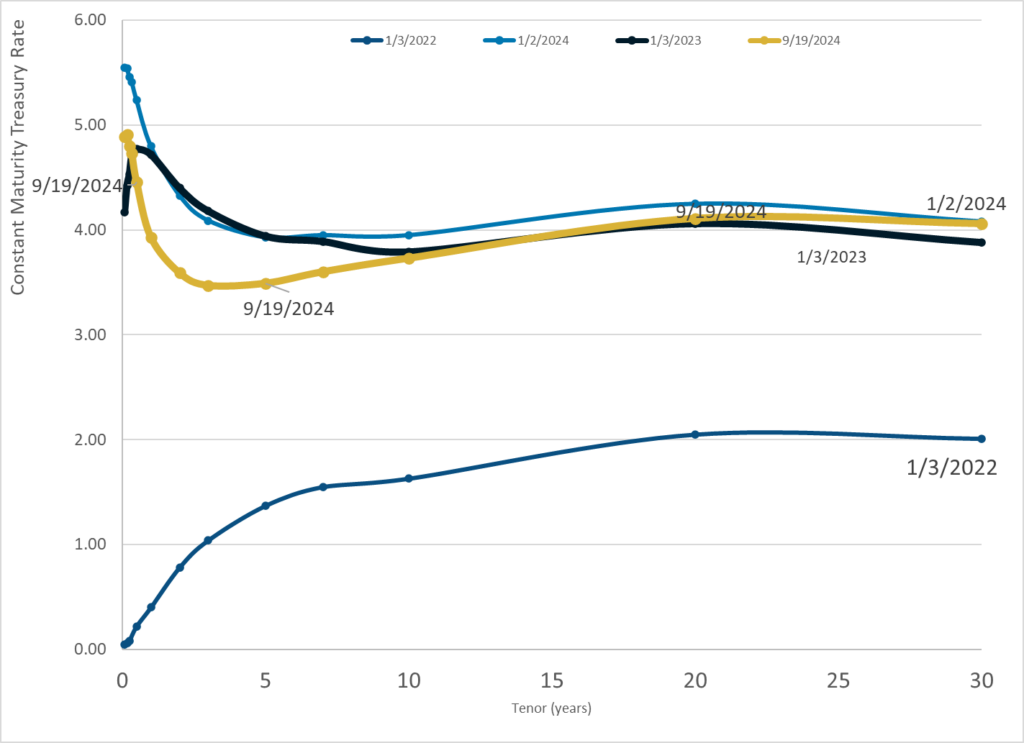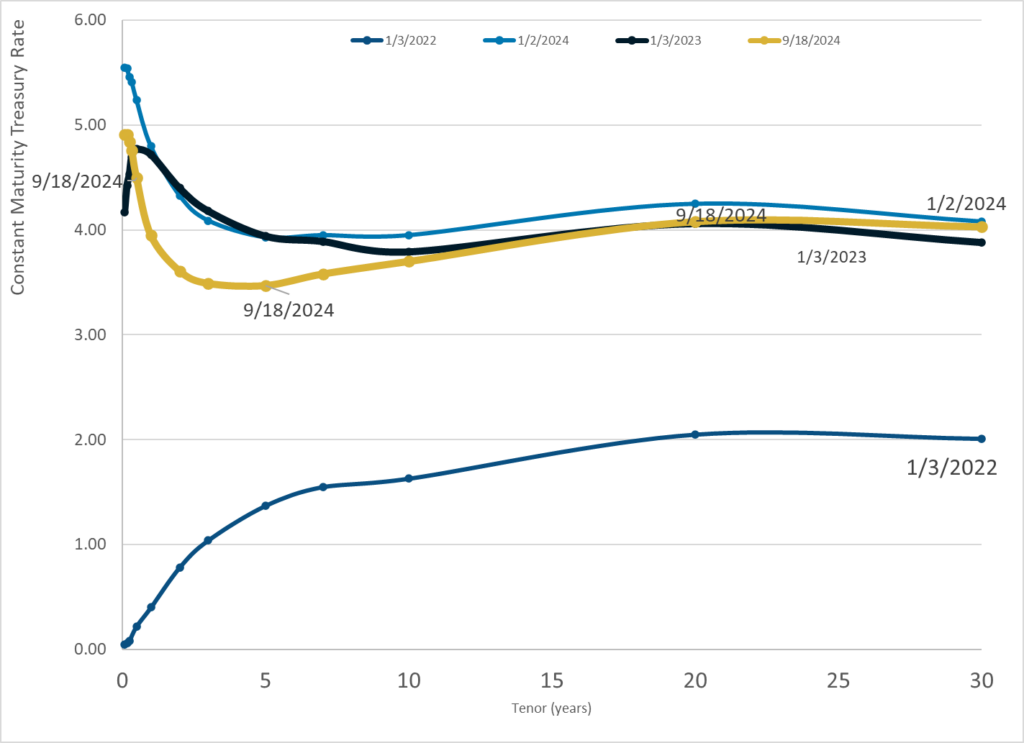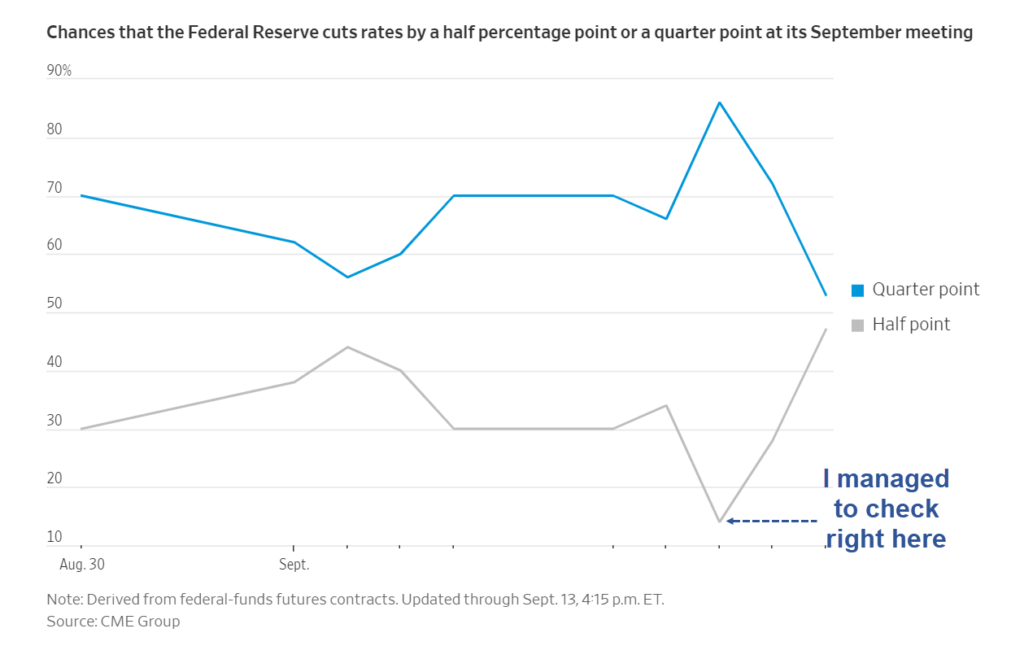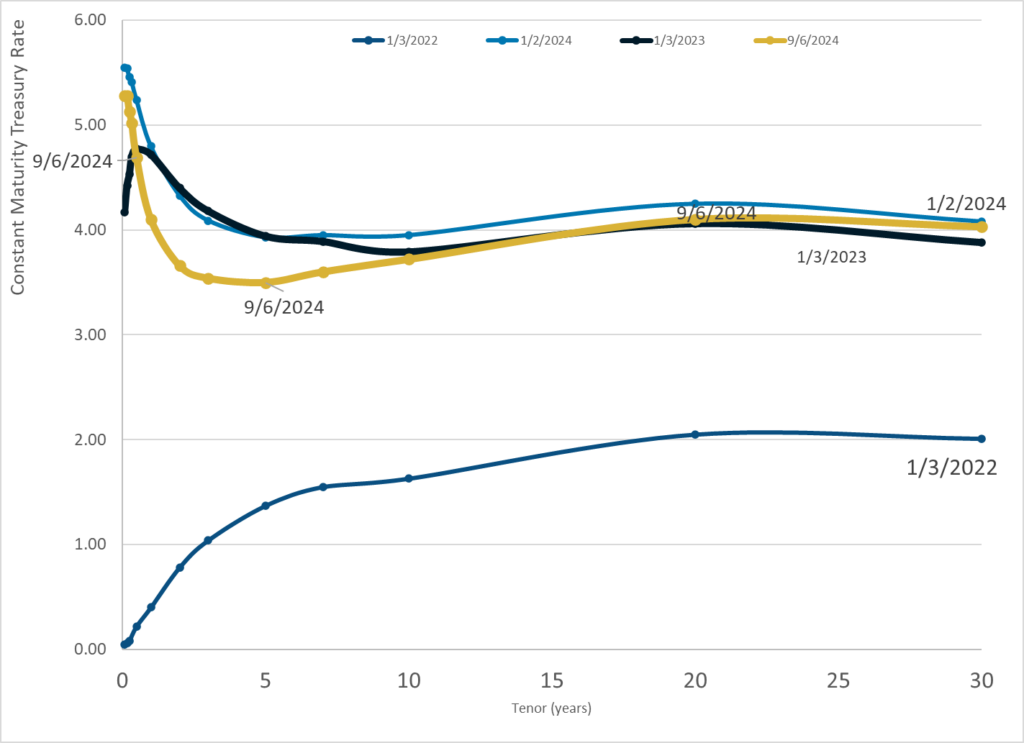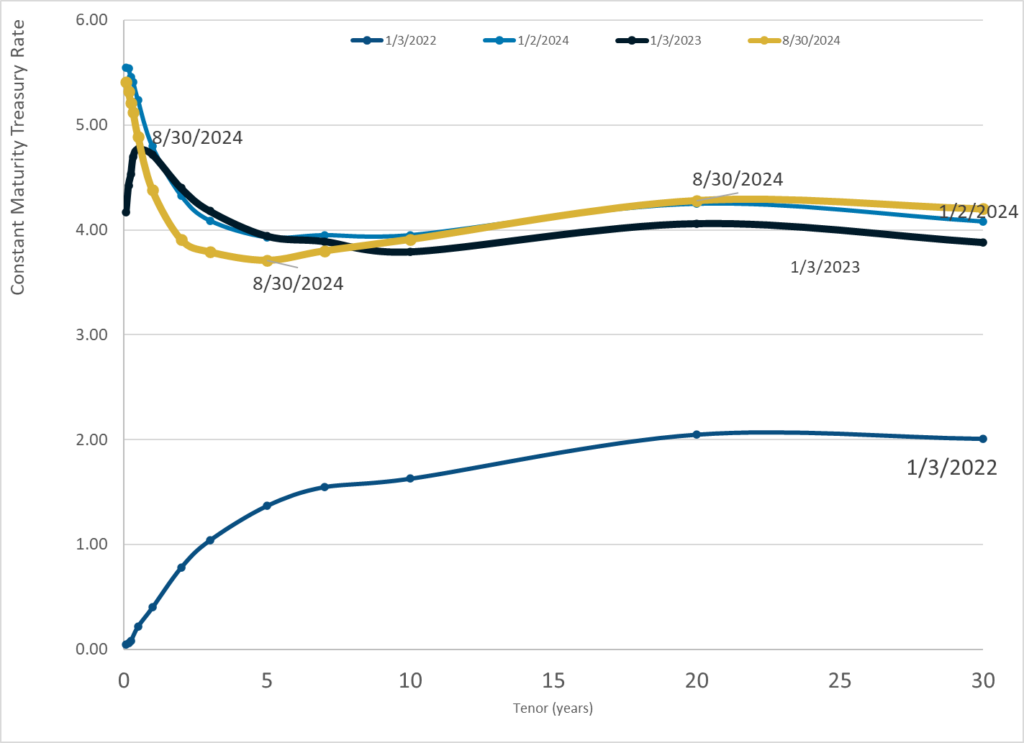Link: https://www.actuary.org/sites/default/files/2024-09/professionalism-paper-generative-ai.pdf
Graphic:

Excerpt:
This paper describes the use and professionalism considerations for actuaries using
generative artificial intelligence (GenAI) to provide actuarial services. GenAI generates text,
quantitative, or image content based on training data, typically using a large language model
(LLM). Examples of GenAI deployments include Open AI GPT, Google Gemini, Claude,
and Meta. GenAI transforms information acquired from training data into entirely new
content. In contrast, predictive AI models analyze historical quantitative data to forecast
future outcomes, functioning like traditional predictive statistical models.
Actuaries have a wide range of understanding of AI. We assume the reader is broadly
familiar with AI and AI model capabilities, but not necessarily a designer or expert user. In
this paper, the terms “GenAI,” “AI,” “AI model(s),” and “AI tool(s)” are used interchangeably.
This paper covers the professionalism fundamentals of using GenAI and only briefly
discusses designing, building, and customizing GenAI systems. This paper focuses on
actuaries using GenAI to support actuarial conclusions, not on minor incidental use of AI
that duplicates the function of tools such as plug-ins, co-pilots, spreadsheets, internet search
engines, or writing aids.
GenAI is a recent development, but the actuarial professionalism framework helps actuaries
use GenAI appropriately: the Code of Professional Conduct, the Qualification Standards
for Actuaries Issuing Statements of Actuarial Opinion in the United States (USQS), and the
actuarial standards of practice (ASOPs). Although ASOP No. 23, Data Quality; No. 41,
Actuarial Communications; and No. 56, Modeling, were developed before GenAI was widely
available, each applies in situations when GenAI may now be used. The following discussion
comments on these topics, focusing extensively on the application of ASOP No. 56, which
provides guidance for actuaries when they are designing, developing, selecting, modifying,
using, reviewing, or evaluating models. GenAI is a model; thus ASOP No. 56 applies.
The paper explores use cases and addresses conventional applications, including quantitative
and qualitative analysis, as of mid-2024, rather than anticipating novel uses or combinations
of applications. AI tools change quickly, so the paper focuses on principles rather than
the technology. The scope of this paper does not include explaining how AI models are
structured or function, nor does it offer specific guidelines on AI tools or use by the actuary
in professional settings. Given the rapid rate of change within this space, the paper makes no
predictions about the rapidly evolving technology, nor does it speculate on future challenges
to professionalism.
Author(s): Committee on Professional Responsibility of the American Academy of Actuaries
Committee on Professional
Responsibility
Geoffrey C. Sandler, Chairperson
Brian Donovan
Richard Goehring
Laura Maxwell
Shawn Parks
Matthew Wininger
Kathleen Wong
Yukki Yeung
Paul Zeisler
Melissa Zrelack
Artificial Intelligence Task Force
Prem Boinpally
Laura Maxwell
Shawn Parks
Fei Wang
Matt Wininger
Kathy Wong
Yukki Yeung
Publication Date: September 2024
Publication Site: American Academy of Actuaries
